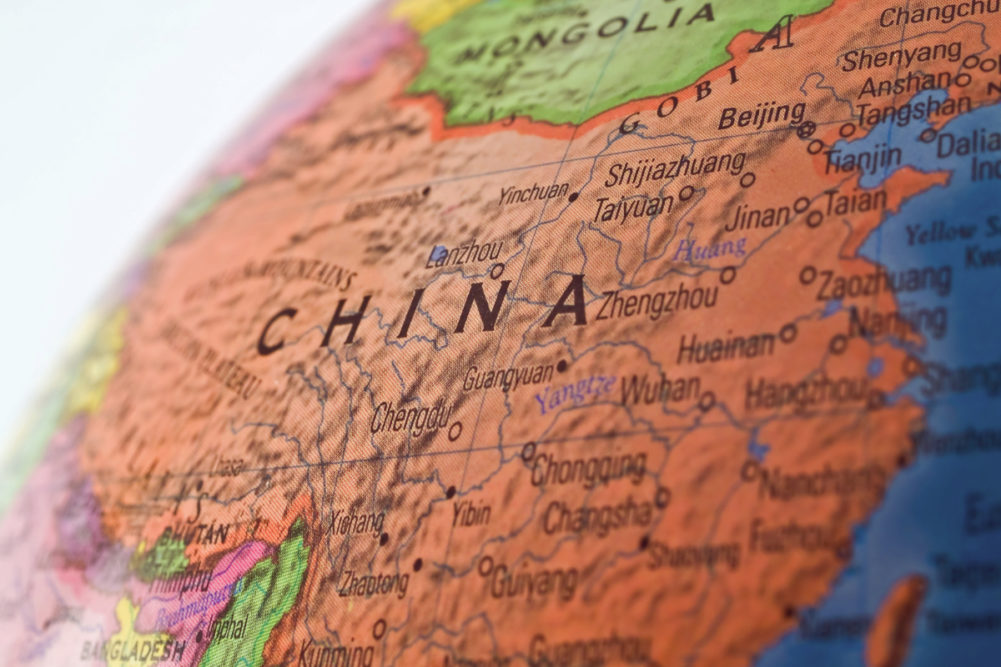CHAMPAIGN, ILLINOIS, US — China may increase its agriculture exports from the United States in line with the phase one agreement, but the composition of those products may look different than in the past, said Wendong Zhang, assistant professor and extension economist at Iowa State University.
Protein, mostly pork and beef, and consumer-oriented products such as vegetables, fruit, wine and infant formula, will be two groups that will see significant growth as a result of the trade agreement, said Zhang during a farmdoc webinar hosted by the University of Illinois.
Soybeans, however, are not expected to see a significant increase as China continues to purchase from Brazil and other nations. US purchases are increasing and comparable to 2019 levels, but are not exceeding that, he said.
“China has the potential and capacity to increase ag exports from the US despite delays due to the coronavirus,” Zhang said. “We may not see a repeat of what we have been seeing in terms of the composition of what we’re selling to China.
“This will also be a more balanced portfolio when we are looking at US agriculture trade.”
China has committed to purchasing $12.5 billion more of agriculture products in 2020 relative to 2017 as part of the phase one agreement that ended the ongoing China-US trade war.
The phase one deal is beyond the growth projection line, Zhang said. Since China joined the WTO in 2011, ag exports from the United States have grown from $2 billion to more than $20 billion to $25 billion per year. With the agreement, exports are supposed to reach $35 billion this year and up to $50 billion to $60 billion by 2025.
“It’s blown all the previous historical numbers,” Zhang said. “It raises a lot of concerns of whether China can make things happen.”
Significant growth is expected in the protein market, in part because African swine fever has wiped out 40% of China’s hog inventory. Rising incomes also are leading to an increase in per capita beef consumption.
COVID-19 has not changed China’s protein appetite or eliminated the comparative advantage for US agriculture, Zhang said.
The Chinese middle class will continue to surge. About 88% of the next billion entrants into the middle class will come from Asia, Zhang said, including China and India.
COVID-19 could create deglobalization or localization pressures when companies and countries want to diversify and shore up the weak points in their global supply chains, he said.
“US agriculture and Chinese manufacturing are both beneficiaries of the global trade system,” Zhang said. “In the agriculture community in the US, we need to push for more trade, rather than less.”
Follow our breaking news coverage of the coronavirus/COVID-19 situation.




